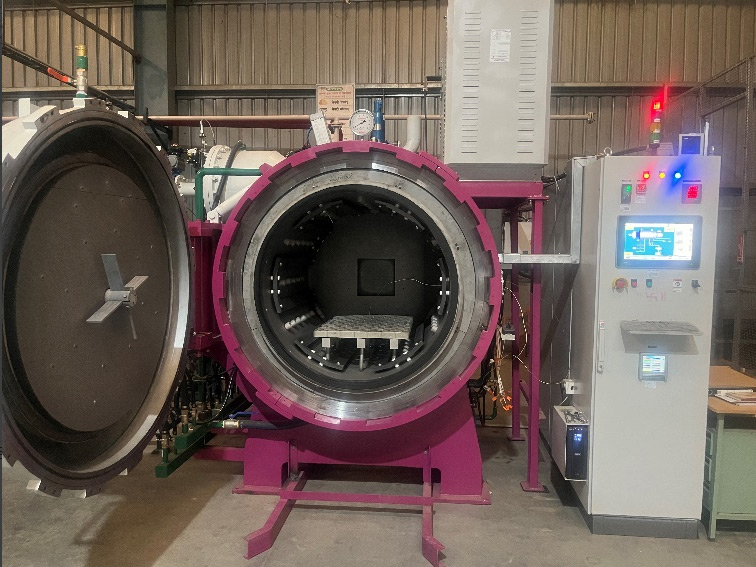Brazing is a metal-joining technique wherein a filler metal is used to join two or more materials by drawing it into the joint by capillary action. A filler metal is a material with a melting point lower than that of the materials to be joined. Vacuum Brazing is a process that creates high-quality joints under temperatures from about 550°C to 1150°C in a vacuum atmosphere. This also allows for the joining of different materials.
Process
Vacuum brazing is a joining process used to connect materials, typically metals, through the use of a filler metal called a braze alloy. This method involves heating the base metals and the filler metal in a vacuum environment, where the absence of air prevents oxidation and contamination, ensuring a clean and strong joint.
Advantages of Brazing over Welding
- Valve components for marine, oil & gas, defence sectors etc.
- Minimum dimensional distortion
- Uniform microstructure due to better process control
Advantages of Brazing over Welding :
- Base metals never melt, thus enabling close tolerances and joining materials neatly without going for secondary finishing
- Homogenous heating of components reduces thermal distortion when compared to welding
- Suitable for cost-efficient joining of complex and multi-part assemblies as brazing can easily join non-metals and dissimilar metals
Vacuum Brazing is far superior to Conventional Brazing :
- Extremely clean
- Flux-free braze joints with high integrity and superior strength
- Improved temperature uniformity
- Lower residual stresses owing to slow heating and cooling cycle, resulting in dramatically improved mechanical and thermal properties of the material
- Age hardening or hardening heat treatment of the work piece is part of the metal-joining process, but all in a single furnace cycle
Filler metals used
Copper, Nickel, Silver, Aluminium
Application Industry :
- Agriculture
- Defence
- Power Generation
- Oil & Gas
- Nuclear Power Generation
- Medical Devices
- Cutting Tools
